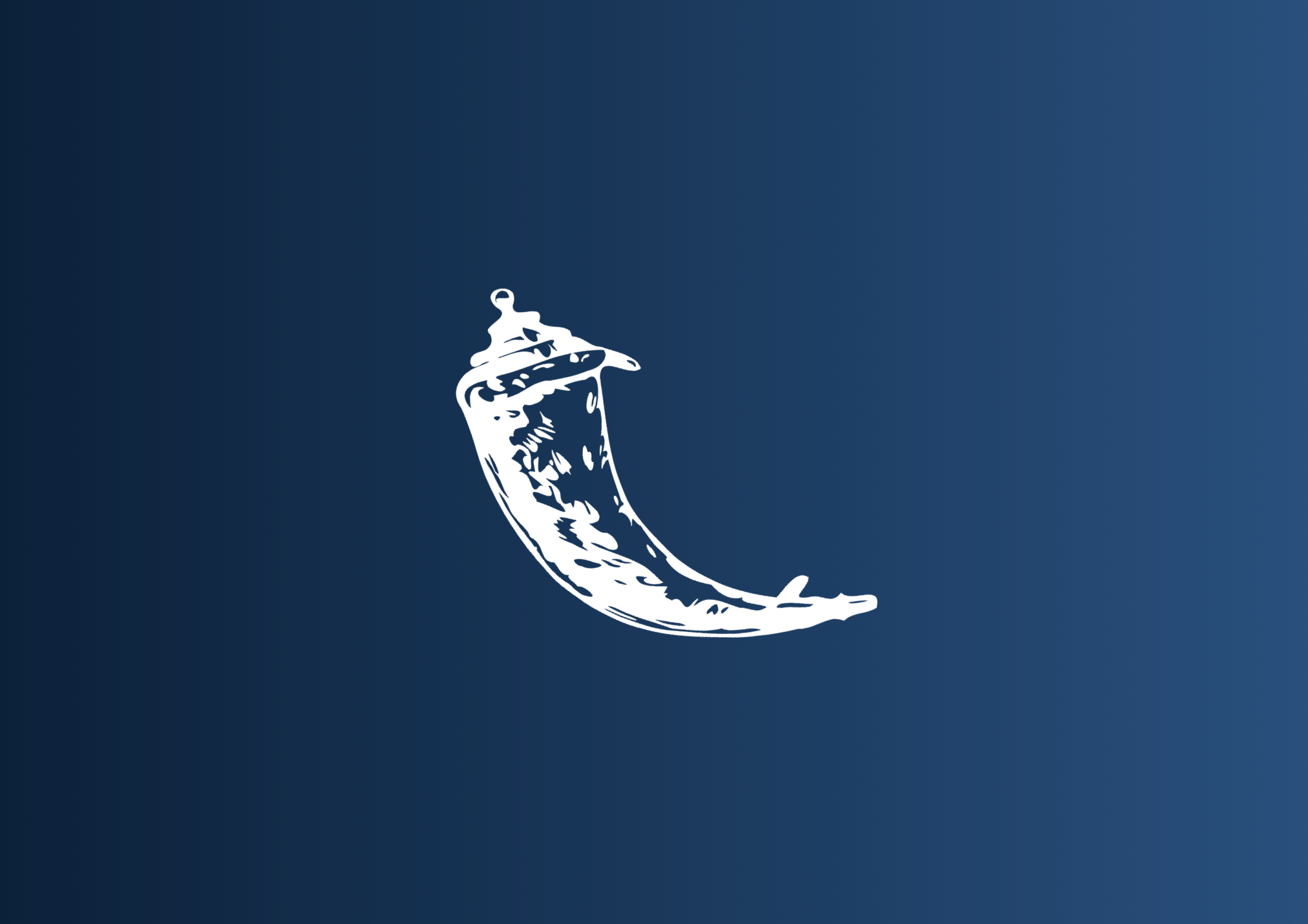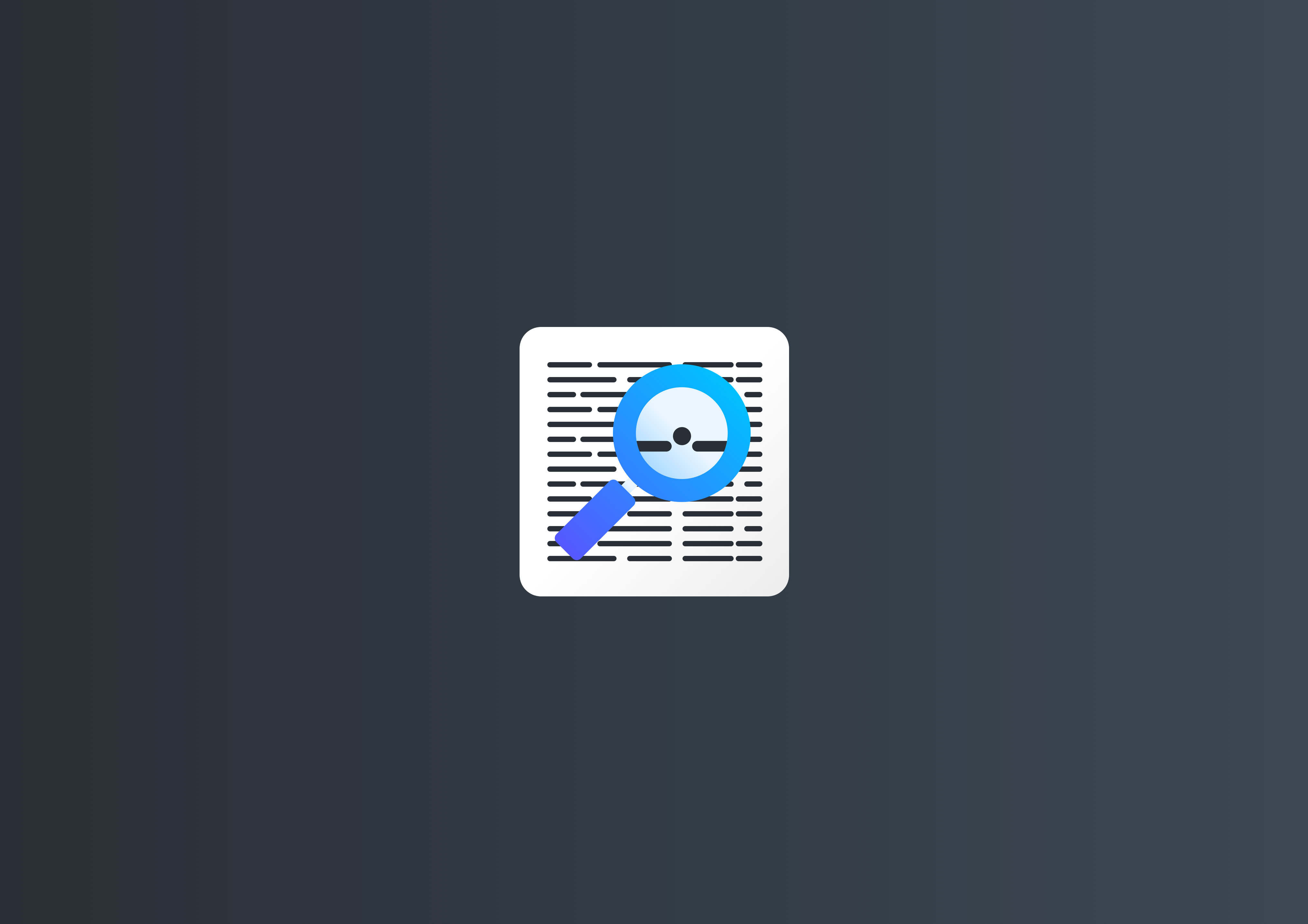Ever since launching One Word Domains five months ago, I've been wanting to set up a blog where I could:
- Document my build process
- Write about some of the coolest programming tips and tricks that I learned in the process (this blog post is one of them)
- Share some insights on the domain industry - i.e. what are some of the top naming conventions in Silicon Valley
However, I quickly ran into a dilemma when trying to find a suitable blogging CMS (content management system) for my needs:
- Wordpress is easy to set up, but is also an overkill - I don't need 15 different subpages and a full-fledged user management system (I'm already using PostgreSQL for that)
- Ghost is a little more challenging to set up (here's a great guide if you're into that) but would require setting up an extra dyno on Heroku or a VPS on Digital Ocean - which would mean an extra $5 - $7 a month
- Medium is relatively pain-free to set up, but is pretty limited when it comes to customization + you're not really helping your site's SEO with your posts since you'll be contributing to Medium's SEO instead
What I was looking for was a simple and free static-site solution that was easy to customize + integrates well with my existing stack (Heroku, Flask, PostgreSQL, Python, HTML/CSS, JavaScript, jQuery).
I decided to consult my friend Linus, who recommended the Python-Markdown library - which is the same framework that Pelican (the Python version of Hugo) uses.
Intrigued, I began researching the origins of the Python-Markdown library, and that's when I came across this blog post by James Harding. 10 lines of code later, I've successfully set up my very own Markdown-powered static site for the One Word Domains Blog.
Here's how everything went down, step by step:
Requirements
First, I imported the Flask-FlatPages and Markdown libraries:
import markdown
from flask_flatpages import FlatPages
...and declared them in my requirements.txt file:
Flask-FlatPages==0.7.1
Markdown==3.2.1
Folder Structure
Since I already had an existing Flask app up and running, all I did next was add a /posts folder at the root directory, a separate folder called blog-images under the /static/assets folder, and a few template files in the /templates folder. Here's a rough overview on how my folders were structured:
├──app.py ├──posts │ └──post1.md │ └──post2.md ├──templates │ └──blog.html │ └──post.html └──static └──assets │ └──blog-images └──script └──styles
Define FlatPages ENV Variables
Before I started setting up the Flask routes for my blog, I defined the ENV variables for FlatPages in my app.py file, right after initiating the Flask app:
FLATPAGES_EXTENSION = '.md'
FLATPAGES_ROOT = ''
POST_DIR = 'posts'
flatpages = FlatPages(app)
app.config.from_object(__name__)
Here, I defined FLATPAGES_ROOT as '' because the folder containing all my markdown files, posts, is located in the root directory – which is why POST_DIR is defined as 'post'.
Flask Routes
Here are the 10 lines of code that I mentioned earlier – which I inserted into my app.py file:
@app.route("/blog")
def blog():
posts = [p for p in flatpages if p.path.startswith('posts')]
posts.sort(key=lambda item:dt.strptime(item['date'], "%B %d, %Y"), reverse=True)
return render_template("blog.html", posts=posts)
@app.route("/blog/<permalink>")
def blog_post(permalink):
path = '{}/{}'.format('posts', permalink)
post = flatpages.get_or_404(path)
return render_template('post.html', post=post)
I know, I couldn't believe it either.
10 lines of Python code was all I needed to get the One Word Domains Blog up and running.
Let's dive deeper into the lines of code above and see what each one of them does:
- The first route,
/bloghosts the landing page of the blog. Here, the code iterates across all the Markdown files present in the/postsfolder and interprets them in the form of aflatpagesobject. It then sorts them in descending order by published date – here, I'm using thedt.strptime()method because my dates are written in natural language format (October 30, 2020). Lastly, the code renders theblog.htmltemplate and sends over all the posts as jinja variables. - The second route,
/blog/<permalink>takes care of the individual blog posts. The first line of code creates the composite path for each of the Markdown files, which is in the format/posts/post1.md. It then gets the files with theflatpagesmodule and renders thepost.htmltemplate along with all the attributes of the particular blog post.
Markdown Format
Let's take a look at the format of a given Markdown file, say, the one for this blog post, for example:
title: Building A Lightweight Blogging CMS In 10 Lines of Code
subtitle: This is the full story of how The One Word Domains blog was built - with 10 lines of Python code, the Flask-Flatpages library, and a bunch of Markdown files.
date: November 2, 2020
image: post2-thumbnail.png
permalink: markdown-flask-lightweight-cms
Ever since launching One Word Domains five months ago... (content)
As you can see, each Markdown file has the following attributes:
title: The title of the blog postsubtitle: The subtitle, or 'tagline' of a blog post, usually written to give more context on the postdate: The date the blog post was publishedimage: The thumbnail image for the blog post, stored within the/static/assets/blog-imagesfolder that I mentioned earlierpermalink: The canonical URL for the blog post. Protip: try and use dashes and keep this below 74 characters so that it doesn't get truncated in the search resultscontent, orhtml: The bulk of the blog post's content
HTML Templates
Here's a rough outline of my blog.html template:
{% for post in posts %}
<a href="/blog/{{ post.permalink }}">
<img src="/static/assets/blog-images/{{ post.image }}"/>
<h1>{{ post.title }}</h1>
<p>{{ post.date }}</p>
<p>{{ post.subtitle }}</p>
</a>
{% endfor %}
This code will iterate across all the Markdown files in the /posts folder that I set up earlier and auto-generate previews for each and every one of them.
And here's the one for my post.html file:
<img src="/static/assets/blog-images/{{ post.image }}"/>
<h1>{{ post.title }}</h1>
<p>{{ post.date }}</p>
{{ post.html|safe }}
Compile and Run
If everything went well, your blog should be live at 127.0.0.1:5000/blog once you run $ python app.py in your terminal. Yay!
Or, if you're like me and you run into a bunch of errors in your first few attempts - don't give up! Debug your code by pasting the error messages into Google and clicking on the first Stackoverflow post that pops up.
Good luck!
Bonus: Typora
I first started editing my Markdown files in Sublime, which was rather mechanical and cumbersome.
Then, everything changed when the fire nation attacked I discovered this free tool, Typora (or at least, "free during beta", as stated on their site). The intuitive and seamless writing experience that Typora provides is unparalleled, and while **this is not an ad, I highly recommend trying it out.



